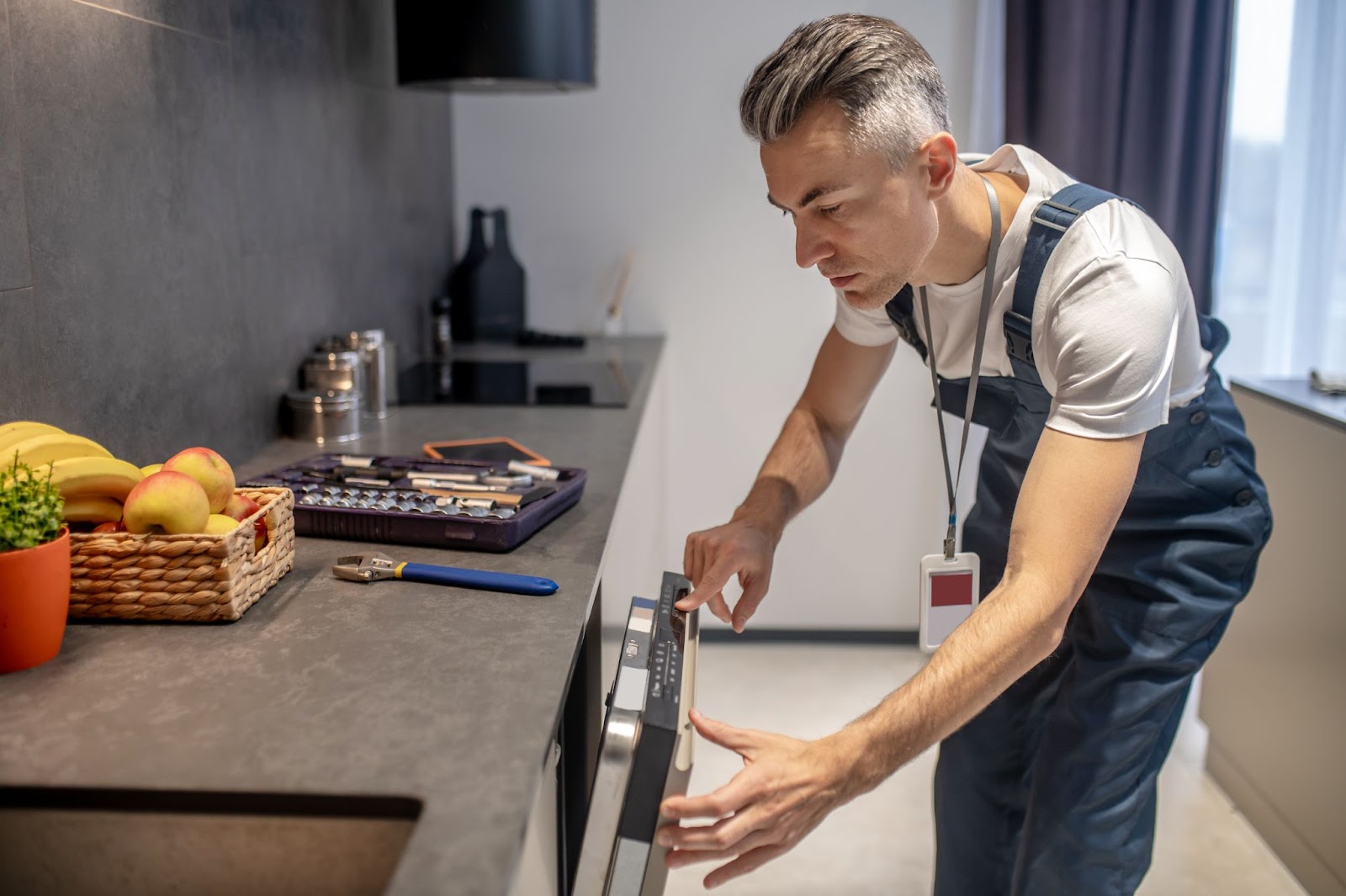The Ultimate Guide to Safe and Efficient Gas Appliance Installation
Asenqua Tech is reader-supported. When you buy through links on our site, we may earn an affiliate commission.
Gas appliances play a crucial role in our daily lives, providing warmth, hot water, and cooking capabilities. However, improper installation of gas appliances can lead to serious safety hazards, including gas leaks, carbon monoxide poisoning, and even explosions.
Therefore, ensuring the safe and efficient installation of gas appliances is paramount. In this comprehensive guide, we will delve into the steps and considerations necessary for safe and efficient gas appliance installation.
Understanding Gas Appliances
Before diving into the installation process, it’s essential to understand the different types of gas appliances commonly found in homes. These include gas furnaces, water heaters, stoves, ovens, dryers, and fireplaces.
Each appliance has specific installation requirements and safety considerations, which we will explore in detail.
Pre-Installation Preparation
Proper preparation is key to a successful gas appliance installation. Here are some important steps to take before beginning the installation process:
- Assess Local Regulations: Familiarize yourself with local building codes and regulations governing gas appliance installation in your area. Compliance with these regulations is essential to ensure safety and avoid legal issues.
- Gather Necessary Tools and Materials: Make sure you have all the tools and materials required for the installation, including pipe wrenches, gas piping, fittings, sealant, and a gas leak detection solution.
- Select an Appropriate Location: Choose a suitable location for the gas appliance, taking into account ventilation requirements, access to gas lines, and proximity to combustible materials.
- Shut Off Gas Supply: Before starting the installation, shut off the gas supply to the area where the appliance will be installed. This prevents gas leaks and ensures the safety of everyone involved in the installation process.
Installation Process
Now let’s explore the step-by-step process for safe and efficient gas appliance installation:
- Read the Manufacturer’s Instructions: Start by carefully reading the manufacturer’s instructions provided with the gas appliance. These instructions will outline the specific requirements and recommendations for installation.
- Install Gas Piping: If necessary, install gas piping to connect the appliance to the gas supply line. Use proper piping materials and fittings, and ensure all connections are securely tightened.
- Ensure Proper Ventilation: Gas appliances produce combustion byproducts such as carbon monoxide that must be safely vented outside. Install venting systems according to the manufacturer’s specifications and local building codes.
- Secure the Appliance: Once the gas piping and ventilation are in place, securely mount the appliance in its designated location. Follow the manufacturer’s instructions for securing the appliance to the floor or wall.
- Test for Gas Leaks: After installation, perform a thorough leak test to ensure there are no gas leaks in the system. Use a gas leak detection solution to check all connections and fittings for leaks. If any leaks are detected, immediately shut off the gas supply and repair the leaks before proceeding.
- Check for Proper Operation: Once the installation is complete and no gas leaks are present, test the appliance to ensure it operates properly. Check all functions, such as heating, cooking, or drying, to verify that the appliance is functioning as intended.
- Final Inspections: Before using the appliance, have a qualified technician perform a final inspection to ensure it meets all safety and regulatory requirements. This inspection may include verifying proper gas pressure, checking for proper venting, and ensuring all connections are secure.
Safety Precautions
Throughout the gas appliance installation process, it’s important to prioritize safety. Here are some additional safety precautions to keep in mind:
- Work with a Qualified Professional: Gas appliance installation can be complex and potentially dangerous. If you’re not confident in your abilities, it’s best to hire a qualified professional to perform the installation.
- Use Proper Protective Gear: When working with gas appliances, wear appropriate protective gear such as gloves and safety goggles to protect yourself from injury.
- Ventilate the Area: Ensure adequate ventilation in the installation area to prevent the buildup of gas fumes and combustion byproducts.
- Test Alarms Regularly: Install carbon monoxide detectors and smoke alarms near gas appliances and test them regularly to ensure they are functioning properly.
- Never Use Matches or Lighters: When testing for gas leaks, never use matches or lighters as they can ignite flammable gas.
Emergency Procedures
In case of a gas leak or malfunctioning appliance, it’s crucial to have emergency procedures in place. Develop a plan that includes steps for evacuating the premises, shutting off the gas supply, and contacting emergency services.
Make sure all occupants of the property are familiar with these procedures and know how to respond quickly and safely in an emergency situation.
Additionally, keep contact information for gas utility providers and emergency services readily accessible. Prompt action in an emergency can prevent serious accidents and minimize property damage.
Conclusion
Safe and efficient gas appliance installation is essential to protect both property and lives. By following the guidelines outlined in this ultimate guide, you can ensure that your gas appliances are installed correctly and operate safely.
Remember to always prioritize safety, comply with local regulations, and seek professional assistance when needed. With proper installation and maintenance, your gas appliances can provide years of reliable service.






